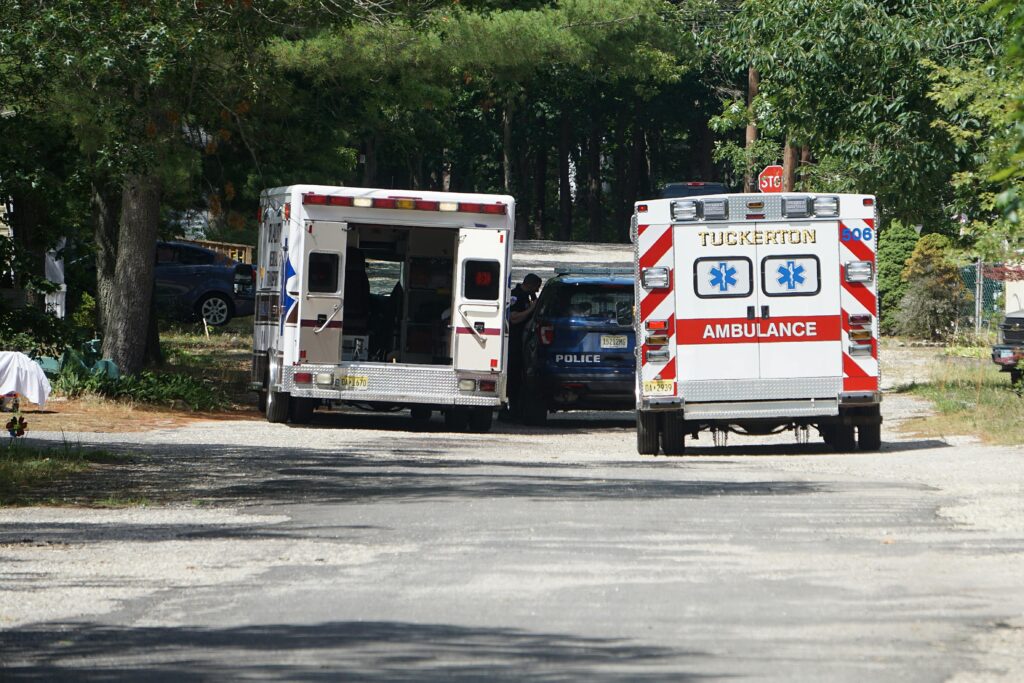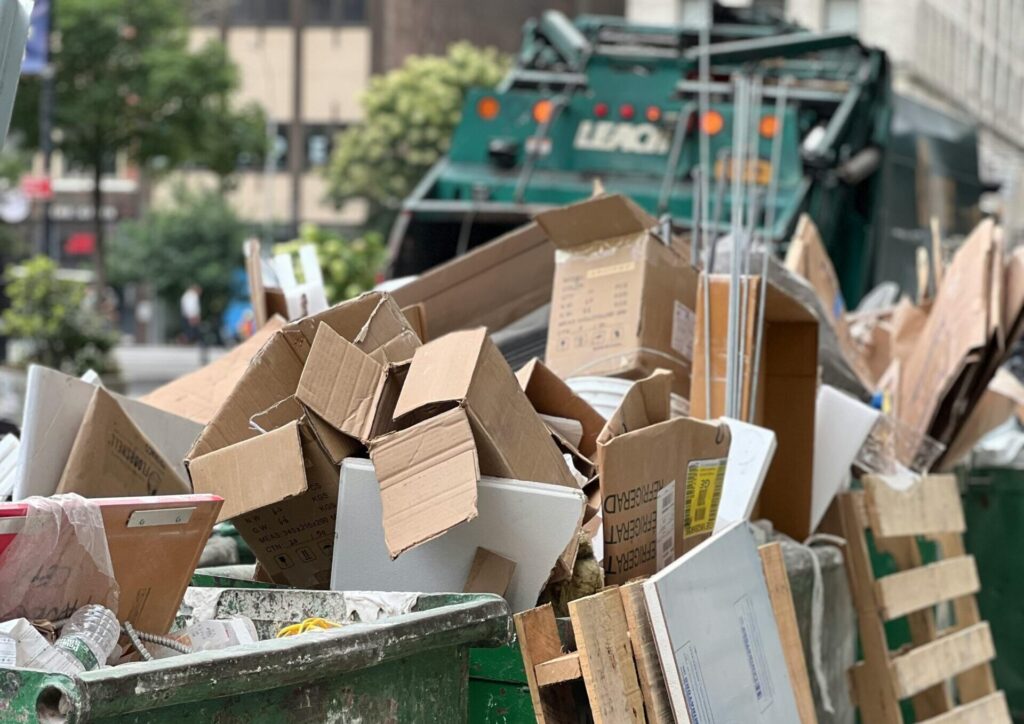

Children are especially vulnerable to environmental hazards. They eat, drink, and breathe more than adults on a pound for pound basis. Children are in a critical period of development when toxic exposures can have profound negative effects, and their exploratory behavior often places them in direct contact with materials that adults would avoid.
Key issues for habitability of an area impacted by flooding and/or hurricanes include:
- Restoration of drinking water and wastewater treatment facilities
- Safe road conditions
- Removal of solid waste and debris
- Replacement or renovation of flood damaged homes.
Before children return, schools and outdoor play areas should be cleaned and ready for use. Children, and whenever possible teens, should not be involved in clean up efforts but should return after the area is cleaned up. In short, children should be the last group to return to areas impacted by flooding and/or hurricanes. These recommendations also apply to pregnant women.
Note: This information does not contain specific criteria or a comprehensive list of environmental hazards. The decision to bring children and other residents back to areas impacted by flooding and/or hurricanes rests with local, State, and Federal officials. Standards for environmental testing and clean up should be adopted by local health officials drawing upon relevant existing evidence-based guidelines and in consultation with experts in children’s health and the environment. In the aftermath of a flood,
particular attention should be paid to issues relating to water contamination and mold, in addition to common pediatric environmental concerns such as physical safety, lead, asbestos, and chemicals.
Optimal health of children requires completing the following items before children return to areas impacted by flooding and/or hurricanes:
Basic utilities and public services are reliably re-established.

- The water supply is re-established, and
- Water for drinking and bathing must meet applicable existing standards for biological, chemical, and mineral contaminants.

- The supply of electricity and gas is restored, as applicable.
- Damage to the transmission system and/or gas pipes is repaired.

- A reliable food supply that includes infant formula and food is reestablished.
- Appropriate food storage conditions are in place.

- The communication system including 911 access is restored, reliable, and readily accessible.
- Families must be able to contact local authorities and health facilities when necessary.

- Healthcare services, including mental health services, are available and accessible.
- Families returning know the location and status of their nearest medical treatment facility and that the route to reach it is open and passable.
- Emergency services are functional.
- Medications and medical supplies are readily accessible.

- The sewage system is functional.
- Debris and regular trash collection is re-established.
Living and learning spaces (including homes, schools, and day-care facilities) are free from physical and environmental hazards to children.

- Buildings are appraised for damage and, if damaged, a decision made to either destroy/rebuild or remediate.
- If renovating, all flood hazards are addressed.
- Grossly contaminated wallboard, insulation, flooring, and other porous materials have been safely removed and replaced following existing EPA guidelines.
- Work should be done by contractors who are properly trained and qualified.
- If rebuilding, the new structure is completed to the point of safe occupancy.
Spaces where children play should be clear of debris and free from environmental hazards to children.

- Some designated outdoor areas (parks, playgrounds, yards, etc.) have been cleaned and made free of safety hazards and environmental hazards.
- Uncleaned areas are not accessible to children.
- Routes to and from living, learning, and playing places have been cleaned and made free of safety hazards and environmental hazards.
More detailed information about the return of children to these areas can be found at the Centers for Disease Control and Prevention web site (www.cdc.gov) and the US Environmental Protection Agency web site (www.epa.gov). For additional information, contact the Pediatric Environmental Health Specialty Unit serving your area or the American Academy of Pediatrics (www.aap.org).
This resource is a joint statement from the Pediatric Environmental Health Specialty Units and the American Academy of Pediatrics.